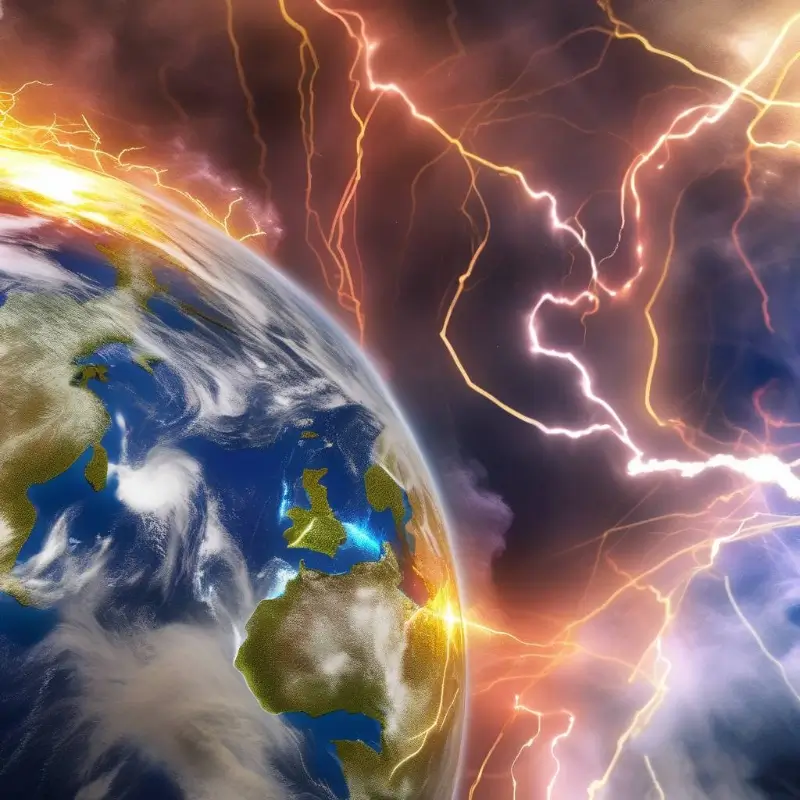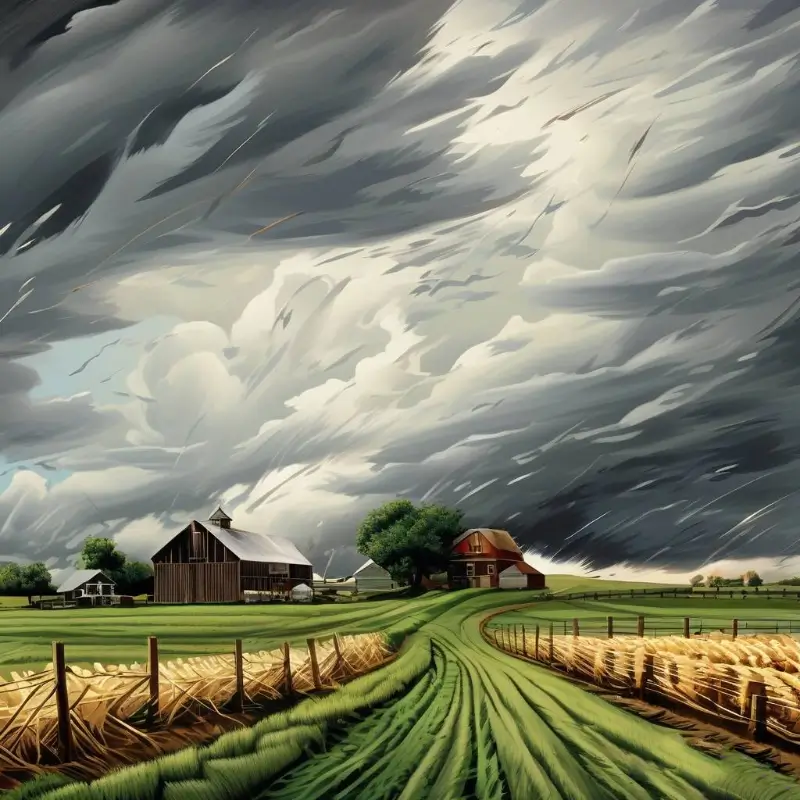why does it rain?
Rain is a natural phenomenon that occurs when water droplets in the atmosphere condense and combine to form larger droplets that become heavy enough to fall to the ground under the force of gravity. Here’s a more detailed explanation of the process:
- Evaporation: The process of rain begins with evaporation. The sun’s energy heats the Earth’s surface, causing water bodies like oceans, lakes, and rivers to evaporate. As water molecules gain energy, they turn into water vapor, a gas.
- Rising Air: The warm, moist air near the Earth’s surface rises due to convection. As it rises, it cools down, and the decrease in temperature causes the water vapor to condense back into liquid form. This condensed water vapor forms tiny water droplets, which together form clouds.
- Cloud Formation: Clouds are collections of water droplets or ice crystals suspended in the atmosphere. When the air cools enough, the water vapor molecules will attach to particles in the air, such as dust or salt, and form tiny water droplets or ice crystals. These particles act as nuclei around which the water vapor can condense.
- Water Droplet Growth: Within the clouds, water droplets or ice crystals continue to grow as they collide with other droplets or crystals and merge. When the droplets reach a certain size—typically a few millimeters in diameter—they are too heavy to remain suspended in the air and begin to fall back to the ground as rain.
- Precipitation: The falling water droplets are called precipitation. When they reach the ground, they are called rain. The amount and intensity of rain can vary widely depending on the size of the storm, the duration of the rain, and the area it covers.
- Other Forms of Precipitation: While most precipitation falls as rain, it can also take other forms, such as snow, sleet, or hail, depending on the temperature and conditions in the atmosphere.
Rain is essential for the water cycle and plays a crucial role in maintaining Earth’s weather patterns and ecosystems. It replenishes groundwater supplies, feeds rivers and lakes, and helps to cool the Earth’s surface, which can influence climate and weather patterns around the globe.



